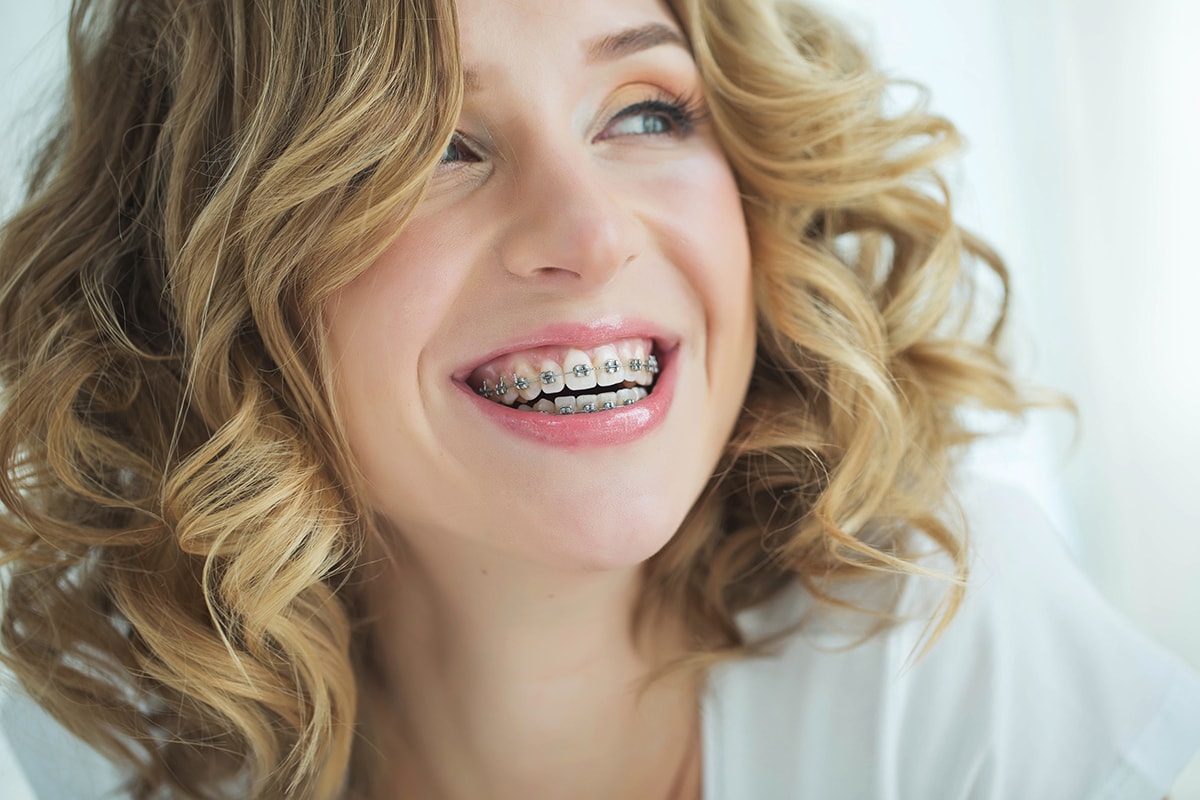Adults Wearing Braces

The perception that orthodontic treatment is solely for children and teenagers is a common misconception. In reality, an increasing number of adults are opting for braces to correct a variety of dental issues, from crooked teeth and overbites to underbites and crossbites. This uptrend can be attributed to advancements in orthodontic technology, making treatments more discrete, efficient, and affordable.
One of the primary reasons adults seek orthodontic treatment is for aesthetic purposes. Many individuals who did not have the opportunity for braces as children or whose teeth have shifted over time due to natural aging or other factors find that orthodontic treatment can significantly boost their self-confidence. A perfectly aligned smile not only enhances one’s appearance but also contributes to better oral health, as properly aligned teeth are easier to clean, reducing the risk of plaque buildup, gum disease, and tooth decay.
Technological Advancements
The field of orthodontics has seen significant technological advancements in recent years, making it more accessible and appealing to adults. For instance, traditional metal braces, though still widely used, are now sleeker and less noticeable. However, for those seeking even more discretion, there are alternatives such as ceramic braces, which are made from a clear or tooth-colored material, and lingual braces, which are attached to the back of the teeth, making them virtually invisible.
Another popular option is clear aligners, like Invisalign. These are custom-made, removable trays that are changed every two weeks to gradually move the teeth into the desired position. Clear aligners offer the dual advantage of being almost invisible and allowing for easier maintenance of oral hygiene, as they can be removed during meals and for brushing and flossing.
Considerations for Adult Orthodontics
While the benefits of adult orthodontics are undeniable, there are certain considerations that adults should be aware of before embarking on treatment. Firstly, the process may take longer for adults than for children and teenagers. This is because adult bones are no longer growing, which can make it more challenging for teeth to move into new positions. Additionally, some adults may have existing dental work, such as fillings, crowns, or implants, which can complicate the treatment process.
It’s also important for adults to understand that orthodontic treatment may not be a one-size-fits-all solution. What works for one individual may not work for another, and the type of treatment that is most appropriate can depend on a variety of factors, including the nature and severity of the dental issues, budget, lifestyle, and personal preferences.
Cost and Insurance
The cost of adult orthodontics can vary widely, depending on the type of treatment, the complexity of the case, and the location. Traditional metal braces tend to be the most affordable option, while clear aligners and lingual braces can be more expensive. Insurance coverage also varies, with some plans offering full or partial coverage for orthodontic treatments, especially if the treatment is deemed medically necessary.
For those without insurance coverage, many orthodontic clinics offer financing options or payment plans, making treatment more accessible. It’s crucial for individuals to consult with their orthodontist to discuss all available options and to get a detailed breakdown of the costs involved.
Lifestyle Adjustments
During orthodontic treatment, adults may need to make some lifestyle adjustments. For those with traditional braces, this can include avoiding certain foods that are hard, sticky, or chewy, as these can damage the braces. Good oral hygiene practices become even more critical to prevent staining and decay around the braces.
For those with clear aligners, the adjustment period is typically shorter, but it’s essential to wear the aligners for the recommended 20-22 hours a day for optimal results. Regular follow-up appointments with the orthodontist are also crucial to monitor progress and make any necessary adjustments.
Conclusion
In conclusion, wearing braces as an adult is a viable and effective way to improve dental health and aesthetics. With the myriad of options available, from traditional metal braces to clear aligners, there’s a solution for every individual’s needs and preferences. While there may be unique considerations and challenges associated with adult orthodontics, the potential benefits in terms of enhanced self-esteem, improved oral health, and a more radiant smile make the investment well worth considering.
What are the most common reasons adults get braces?
+Adults often seek orthodontic treatment for aesthetic reasons, to correct issues such as crooked teeth, overbites, underbites, and crossbites, which can significantly impact their self-confidence and overall oral health.
How long does adult orthodontic treatment typically take?
+The duration of orthodontic treatment for adults can vary, typically ranging from 12 to 36 months, depending on the complexity of the case and the type of treatment chosen. Factors such as the severity of the dental issues and the individual's response to treatment can also influence the treatment time.
Do insurance plans cover adult orthodontics?
+Insurance coverage for adult orthodontics varies. Some plans may offer full or partial coverage, especially if the treatment is deemed medically necessary. However, many plans do not cover orthodontic treatment for adults, or coverage may be limited. It's essential to check with your insurance provider to understand what is covered under your specific plan.
Ultimately, the decision to undergo orthodontic treatment as an adult should be based on a thorough consultation with an orthodontist, considering individual needs, expectations, and the potential outcomes of the treatment. With the right approach and mindset, adults can achieve the smile they’ve always desired, enhancing not just their appearance but also their overall quality of life.